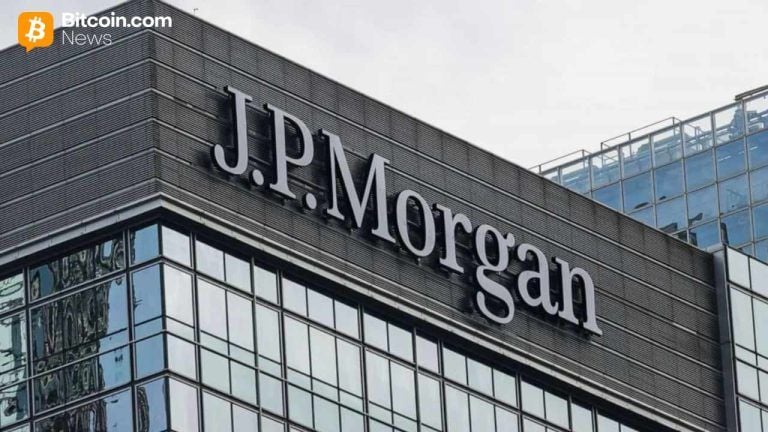Pittsburgh prepares cautiously for water and sewer bond sale
4 min read
Economic and interest rate uncertainties greet the Pittsburgh Water and Sewer Authority’s planned sale of $257.9 million in water and sewer bonds as the authority mixes new money and refinancing in a deal with four distinct pieces.
The deal is planned the week of June 4, according to an online “roadshow” presentation for investors.
BofA Securities and JPMorgan are senior managers on pieces of the deal and Ramirez & Co. is co-senior manager, according to the presentation. Public Resources Advisory Group is financial advisor. McNees Wallace & Nurick LLC and Clark Hill PLC are bond counsel.
Aspects of Pittsburgh’s water and sewer bond sale may change “between now and pricing” as the market “continues to move,” said Edward Barca, director of finance for the authority.
The $103.7 million new money tax-exempt revenue bond sale is meant to cover costs incurred for capital work throughout the past year.
“This series is just our traditional fixed-rate, municipal bond revenue issue and whatever revenue bond issuance to pay down our capital line of credit,” Barca said.
In pursuing its rolling capital plan, the Authority has leaned on around $800 million made available by a revolving fund managed by Pennsylvania’s Department of Environmental Protection in addition to $185.6 million of low interest loans through the federal Water Infrastructure Finance and Innovation Act, which are expected cover front-end costs of for five years out. The first $52.5 million WIFIA loan closes this month, according to the investor presentation.
The volume on the Series A new money issuance was driven by the depletion of an existing credit line and was in line with the Authority’s “multi-year approach” to financing, Barca said.
Another part of the sale includes the Series B $80.5 million of tax-exempt revenue bonds to current refund the Authority’s 2013 bond series, callable after September 1.
The decision was “based on market dynamics,” Barca said, as is a Series C to remarket an outstanding $217 million in variable-rate revenue bonds issued in 2017.
Those bonds are “hedged with derivatives to synthetically fix the rate,” said Barca, and the authority is looking to continue the swap by laying in the private placement of a $146 million portion.
For the remaining $72.7 million, the Authority is at the whims of the market and economy and will be considering two options up until issuance of offering documents, expected next week.
The first is a Series D premium, five-year put bond, where the authority would terminate and pause the swap and any associated cash flows to it.
“They would fix out those payments for five years, and then after five years, the authority either do another issuance or continue the cash flows related to that derivative on a variable rate basis,” Barca said.
The second option is to fully terminate the swaps associated with the remainder while fixing out outstanding associated debt by upsizing the Series B refunding.
“That’s $72.7 million with traditional fixed rate bonds, just making it really more back to a traditional issuance per se,” Barca said. “That’s being contemplated to reduce the risk associated with the swaps and the variable rate debt.”
He added the officials would be watching markets, remaining flexible up until the issuance of the bonds.
“We have had a lot of interest from various investors here in Pittsburgh, whether it’s large mutual funds or just mom and pop investors,” Barca said. “In my mind, I would think that that would continue with these issuances here.”
S&P Global Ratings maintained its A-plus rating and stable outlook on the authority’s first-lien bonds, citing “a very conservative approach to long-term planning” that has enabled the authority to “continue funding the capital improvement program while dealing with rising costs from its suppliers.” S&P upgraded the authority from A in October.
Should inflationary and supply-chain issues “significantly drive up the cost of the capital improvement plan, which is expected to be mostly debt funded, and thereby cause additional debt that pressures financial metrics, the rating could be lowered,” S&P added.
Moody’s Investors Service last affirmed its A3 rating and stable outlook in October.
Taken with inflation, high-interest rates, and low unemployment, issuers are presented with “one of the most unusual macroeconomic environments in recent history,” the Brookings Institution said in a February research report looking at the effect of economic trends on municipal investment strategies.
Amid tight labor markets, higher interest rates, and soaring costs affecting municipal markets, the end of federal COVID-19 relief and one-time infrastructure funds only serves to complicate the picture.
Brookings cited $1.25 trillion in federal funds that were injected into the economy as the result of several congressional packages passed during the pandemic with, funding distributed to municipalities by way of state governments for local use.
Funds from the federal Infrastructure Investment and Jobs Act and the Inflation Reduction Act will flow for the next five to 10 years as formula grants, loans, and tax incentives to major infrastructure and climate projects in energy, transportation, utilities, green power, and utilities like water and sewer.
Today’s environment differs greatly from 2008 when high unemployment and lower costs made investing in transportation and other infrastructure more affordable, Brookings said.
Now borrowing to build is more costly as construction materials costs have risen dramatically and the nation faces a labor shortage, difficulties that are felt acutely down the line, from finance managers to contractors.
Brookings noted in its report that two infrastructure-specific commodity indexes within the Producer Price Index that count material inputs in the roadway, energy, and communications industries were up 25% from January 2021 to December 2022, double the rate of growth measured by the Consumer Price Index over the same period.
Projects launched today through capital plans drafted under more favorable economic conditions could see price tags jump.







